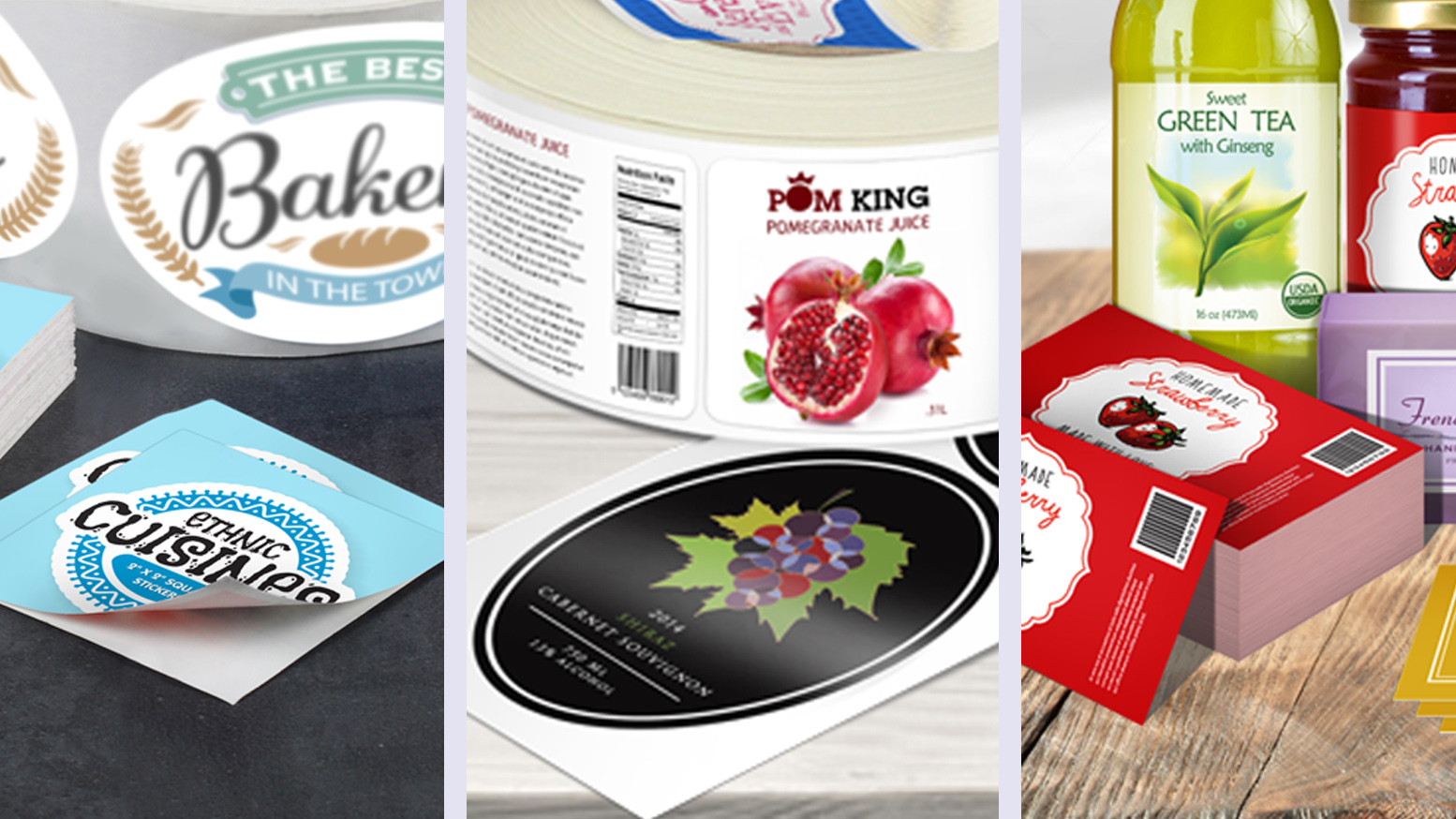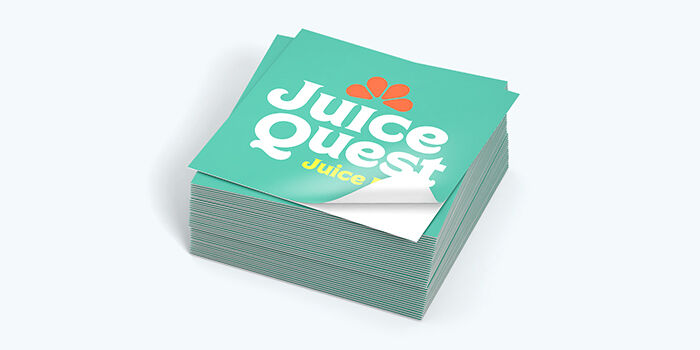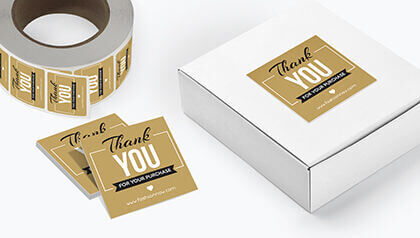Solve a Sticky Situation: A Comprehensive Sticker Removal Guide
Written By: PrintRunner | Published: May 25, 2022Ever regretted where you placed a sticker? Whether on a laptop, car window, or furniture, removing stickers can be tricky and often leaves residue. But not to worry! With the right techniques and patience, you can remove them cleanly from any surface. This guide will show you various methods to tackles ticker removal, ensuring you can peel away mistakes without damaging your items.
Methods for Sticker Removal
- White Vinegar - White vinegar is acidic, which helps in dissolving the adhesive properties of stickers. Simply soak a cloth or paper towel in white vinegar and lay it over the sticker for about five minutes. This will soften the sticker, making it easier to peel off. This method is particularly effective on glass and other non-porous surfaces.
- Isopropyl Alcohol - This can break down many adhesives without damaging the surface underneath. Pour some isopropyl alcohol into a cloth and apply directly onto the sticker, allow it to soak in for a few minutes, then gently peel away. It’s great for removing sticky residues from plastics and metals.
- Washing Soda - Create a paste using washing soda and water, apply it directly to the sticker, and let it sit for 20 minutes. The alkaline nature of washing soda helps weaken the adhesive, making the sticker easier to scrape off. Ideal for use on glass and ceramic surfaces.
- Hair Dryer - The heat from a hair dryer softens sticker adhesive, making it easy to peel stickers off. Aim the hair dryer at the sticker for about 30 seconds to a minute, then slowly peel the sticker off. This method is safe for most surfaces, including car windows and plastic.
- Peanut Butter - The oils in peanut butter can help break down adhesive. Spread a thick layer of peanut butter over the sticker, let it sit for an hour, then wipe away with a cloth. This method is gentle and suitable for more delicate surfaces like wood.
- Baking Soda and Coconut Oil - Mix equal parts of baking soda and coconut oil to form a paste. Apply this to the sticker, let it sit for about 30 minutes, then scrub off. This method is effective on sturdy surfaces and also moisturizes the area, preventing damage.
- Pencil Eraser - A pencil eraser can be used to rub away small sticker residues, especially after the main part of the sticker has been peeled off. This method is ideal for hard surfaces like metal or hard plastics.
- Mayonnaise - The oils in mayonnaise dissolve sticker adhesive. Apply a dollop of mayonnaise on the sticker, let it sit for several hours, and then wipe it off. This technique is particularly effective on glass and plastic.
- Lemon Essential Oil - Lemon oil is not only effective at breaking down adhesive but also leaves a pleasant scent. Apply with a cloth or cotton ball, let it soak in, then peel or scrape the sticker away. Safe for most surfaces, including laminates and gloss-finished wood.
Surface-Specific Recommendations
- Glass - Use white vinegar, isopropyl alcohol, or mayonnaise for best results. These substances will not scratch or damage glass and can remove stickers cleanly.
- Plastic - Opt for isopropyl alcohol or lemon essential oil to avoid damaging the plastic. Avoid abrasive methods which can scratch the surface.
- Wood - Use peanut butter or mayonnaise, as these are oil-based and won’t harm the finish of the wood. It's crucial to be gentle to avoid scratching.
- Cars - A hair dryer works well on car surfaces because it does not involve liquids that can seep into cracks and cause damage. Follow up with a clean, damp cloth to remove any residue.
- Laptops - Isopropyl alcohol is safe for most laptop surfaces. Apply gently with a microfiber cloth to avoid damaging any tech.
Additional Sticker Removal Tips
- Tape Technique - If a small amount of residue remains, press a piece of sticky tape over the area and then lift it off quickly. Repeat until the residue is gone.
- Scrub Pads - For tough residues on non-delicate surfaces, consider using a scrub pad. Ensure it is not too abrasive to avoid surface damage.
Note: Mastering the removal of stickers is a useful skill that preserves or restores the appearance of your items. This guide outlines various methods for safe, clean removal from different surfaces. By choosing the right technique and applying patience, you can effectively handle any sticky situation and keep your belongings in excellent condition.
Looking for more resources on product labels? Take a look at these articles!

How to Choose the Correct Label Size
This article guide helps you learn two foolproof ways to measure the correct label size for your product.

An Easy Guide to Understanding Food Labels
Make sure that your food labels come with all the necessary and required information such as serving information, nutrient claims, best before dates, and more.

How to Choose the Right Label
This guide will help you decide the right type of label material, size, and shape that works for your product or application.
I don’t like where I place my stickers, how can I remove them?
Removing stickers and residue depends on the type of sticker and surface it’s applied to. Here’s one method you can try:
- Using a hairdryer or a similar tool, apply heat to the sticker for 10 to 30 seconds.
- Peel the sticker off from one corner. Use a blade if needed, being careful not to scratch the surface.
- For surfaces that cannot withstand heat, use an adhesive remover spray. This also helps remove any sticker residue.












